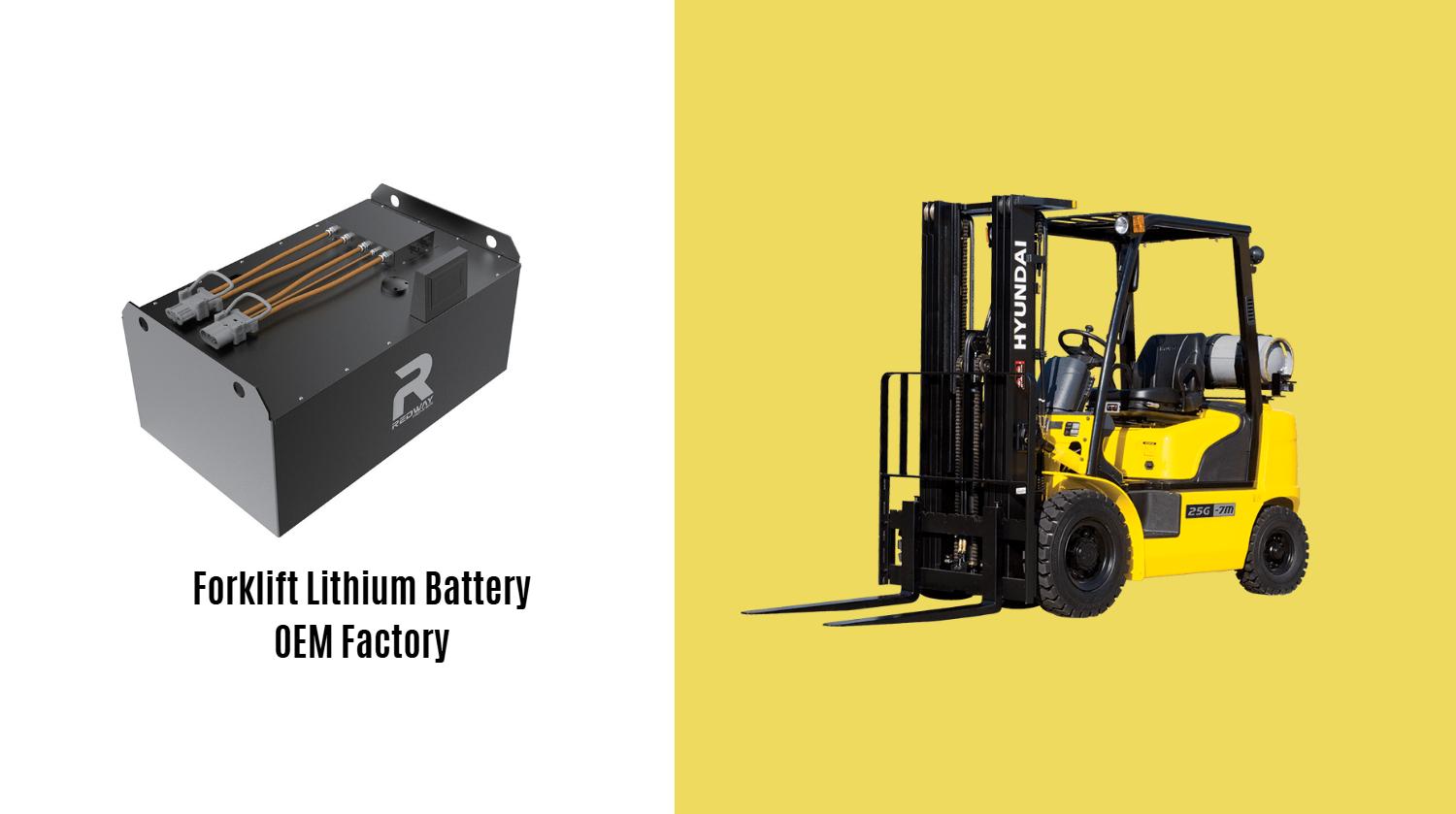Maintaining proper fluid levels in your Hyundai forklift battery is crucial for its lifespan and performance. Regularly check the electrolyte, adding distilled water as needed after charging. This prevents damage to the battery plates and ensures your forklift operates efficiently.
Why is Checking Fluid Levels Important for Your Hyundai Forklift Battery?
Checking the fluid levels in your Hyundai forklift battery is essential for several reasons. The electrolyte, a mixture of water and sulfuric acid, facilitates the chemical reactions that power the forklift. When the water level is low, the battery plates become exposed to air, leading to oxidation and reduced capacity. Maintaining proper fluid levels ensures optimal performance, extends battery life, and prevents costly repairs.
How Often Should You Check the Fluid Levels in Your Hyundai Forklift Battery?
The frequency of checking fluid levels depends on usage. As a general guideline, check the levels every two to three charges or weekly. For batteries used multiple times a day, a more frequent check is advisable. Consistent monitoring helps identify and address issues before they cause significant damage.
What Type of Battery Does Your Hyundai Forklift Use?
Hyundai forklifts can use different types of batteries, primarily lead-acid and lithium-ion. Lead-acid batteries require regular fluid level checks, while lithium-ion batteries typically do not. Consult your forklift’s manual to determine the type of battery and its specific maintenance requirements.
What Tools and Materials Will You Need to Check Fluid Levels?
To check the fluid levels in your Hyundai forklift battery, you will need the following tools and materials:
-
Safety glasses
-
Gloves
-
Distilled water
-
A watering gun or squeeze bottle
-
A flashlight (optional, for better visibility)
-
A clean cloth or paper towels
What Safety Precautions Should You Take Before Checking Fluid Levels?
Before checking fluid levels, take these safety precautions:
-
Wear safety glasses and gloves to protect yourself from acid splashes.
-
Ensure the forklift is turned off and the parking brake is engaged.
-
Work in a well-ventilated area to prevent the accumulation of hydrogen gas.
-
Avoid smoking or open flames near the battery.
How Do You Locate the Battery and Access the Cells in Your Hyundai Forklift?
In most Hyundai machines, accessing the battery is straightforward. Open the battery bay to check the fluid levels. The battery will generally have removable guards around its terminals. If you are unsure how to access the battery, consult your forklift’s manual.
What is the Step-by-Step Process for Checking Fluid Levels in a Hyundai Forklift Battery?
Follow these steps to check the fluid levels in your Hyundai forklift battery:
-
Open the Battery Compartment: Locate and open the battery compartment on your Hyundai forklift.
-
Remove Vent Caps: Carefully remove the vent caps from the battery cells.
-
Inspect Fluid Levels: Look inside each cell to see the electrolyte level. The fluid should cover the plastic element protector.
-
Use a Dipstick (If Needed): If the levels are not clearly visible, use a clean dipstick to measure the fluid level.
How Do You Add Fluid to Your Hyundai Forklift Battery?
If the fluid level is low, add distilled water using a watering gun or squeeze bottle. Fill each cell until the water covers the plastic element protector or reaches the recommended level, typically about 1/4-inch above the protector.
What Happens if You Overfill the Battery Cells in Your Hyundai Forklift?
Overfilling can cause electrolyte to spill out during charging, leading to corrosion and potential damage. If you overfill a cell, use a syringe or turkey baster to remove the excess fluid.
How Do You Clean Up Spills Safely?
If you spill electrolyte, neutralize it with a solution of baking soda and water. Rinse the area thoroughly with clean water and dry with a cloth or paper towels. Dispose of the used materials properly.
What Are the Signs of a Problem with Your Hyundai Forklift Battery’s Fluid Levels?
Signs of a problem include:
-
Frequent need to add water.
-
Reduced battery capacity or performance.
-
Overheating during charging or operation.
-
Visible corrosion around the battery terminals.
Where Can You Find More Specific Guidance for Your Hyundai Forklift Model?
For more specific guidance, consult your Hyundai forklift’s operator manual or contact your local Hyundai forklift dealer. The manual provides detailed instructions and recommendations for your specific model.
Expert Views
“Regularly checking and maintaining the fluid levels of your Hyundai forklift battery is a simple but critical task. Neglecting this maintenance can lead to premature battery failure and costly downtime. Make it a part of your routine maintenance schedule.” – James Olsen, Certified Forklift Technician at Redway Equipment.
Conclusion
Checking and maintaining the fluid levels of your Hyundai forklift battery is a straightforward process that can significantly extend battery life and improve performance. By following these guidelines and consulting your forklift’s manual, you can ensure your Hyundai forklift operates reliably and efficiently.
FAQ
-
How often should I check the fluid levels in my Hyundai forklift battery? Check fluid levels every 2-3 charges or weekly, depending on usage.
-
What type of water should I use? Always use distilled water.
-
What should I do if I overfill the battery cells? Remove the excess fluid with a syringe or turkey baster.
-
Where can I find more information about my specific Hyundai forklift model? Consult your forklift’s operator manual or contact your local Hyundai forklift dealer.




